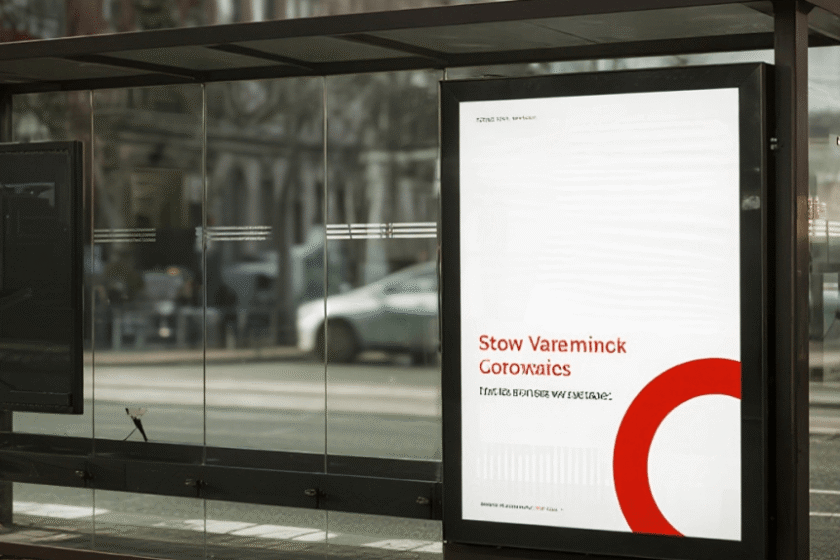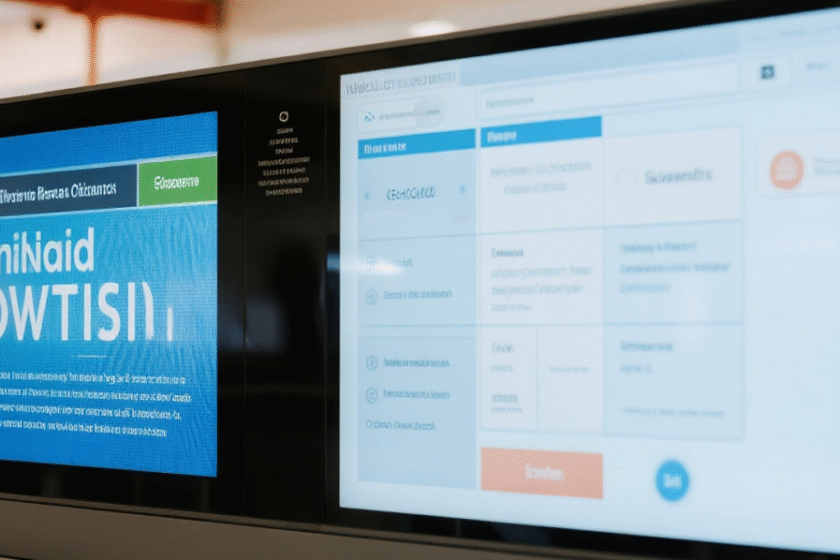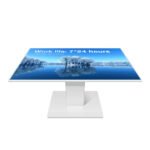Why is an Advanced LCD Display Screen Critical for Your Business?
In the landscape of modern visual communication, the LCD display screen remains a foundational technology. While new display types constantly emerge, the Liquid Crystal Display continues to dominate the commercial sector due to its proven reliability, stunning image quality, and cost-effectiveness. For businesses that rely on clear, vibrant, and consistent visuals—from digital signage and interactive kiosks to control room monitors—the choice of an LCD display screen is a critical one. It’s not simply about showing an image; it is about delivering a reliable, long-lasting, and impactful visual experience that reflects a company’s professionalism and commitment to quality.
For users of high-quality digital displays, understanding the advanced features of a commercial-grade LCD display screen is crucial. Unlike consumer-grade screens, these displays are engineered for the rigors of continuous operation in public and professional environments. They are built with industrial-grade components designed to withstand constant use, temperature fluctuations, and a variety of lighting conditions. This focus on durability and performance provides a long-term return on investment, reducing the need for maintenance and replacements. The core value of this technology lies in its ability to provide a stable and high-performance visual platform, which is essentia

The Technology Behind a Superior LCD Display Screen
A modern LCD display screen is a marvel of precision engineering. The technology relies on a backlight, a layer of liquid crystals, and color filters to produce an image. The liquid crystals act as tiny shutters, twisting and untwisting to control the amount of light that passes through them, thereby creating the pixels that form the picture. Advancements in this technology have led to significant improvements in image quality, power efficiency, and overall performance.
LED Backlighting: While the “LC” in LCD remains, the “D” has evolved. Modern LCDs use LED backlights, which offer several key advantages. LEDs provide superior brightness and contrast ratios, resulting in a more vibrant and detailed image. They are also significantly more energy-efficient than older CCFL (Cold Cathode Fluorescent Lamp) backlights, which lowers operating costs for businesses. Furthermore, LED backlights allow for thinner, lighter display designs and offer a much longer lifespan.
IPS (In-Plane Switching) Technology: For commercial applications, a wide viewing angle is essential. Standard TN (Twisted Nematic) panels suffer from color distortion and contrast loss when viewed from an angle. However, an LCD display screen with IPS technology solves this problem by aligning the liquid crystals horizontally. This enables a near 178-degree viewing angle, ensuring that content remains clear and colors stay true, regardless of where the viewer is standing. This is a non-negotiable feature for displays in public spaces.
Enhanced Durability and Thermal Management: Commercial displays are built to operate continuously, which generates a significant amount of heat. A high-quality LCD display screen incorporates advanced thermal management systems, such as internal fans and heat sinks, to prevent overheating. The panels themselves are often designed to be more resistant to image retention or “burn-in,” a common issue with static content on consumer displays. The housing is also typically more robust, protecting the internal components from dust and physical impact.

How a Professional LCD Display Screen is Used in Business
The versatility and reliability of LCD technology have made it a staple in various commercial sectors.
Retail and Hospitality
In retail, an LCD display screen is used to create dynamic window displays, product showcases, and interactive kiosks for customer engagement. The high brightness and wide viewing angles ensure that marketing messages are visible and impactful, even in brightly lit environments. In restaurants, screens display digital menus and promotions, which can be updated instantly and remotely, providing a flexible and modern customer experience.
Corporate and Industrial
For corporate communication, an LCD display screen serves as an essential tool. It can display real-time dashboards in control rooms, provide wayfinding information in large office buildings, or showcase company news and presentations in lobbies and conference rooms. The reliability of these screens is critical for displaying important, real-time data where downtime is not an option.
Educational and Healthcare
In educational settings, high-resolution LCDs are used for interactive whiteboards and classroom displays, enhancing collaboration and engagement. The durable design ensures they can withstand frequent use. In the healthcare sector, they are used for patient information displays, surgical room monitors, and diagnostic imaging, where color accuracy and reliability are absolutely critical for patient care.
Ultimately, the choice of a commercial-grade LCD display screen is an investment in a robust, high-performance platform. It’s a choice that reflects a business’s dedication to providing a clear, reliable, and professional visual experience. By focusing on the advanced features and durability that set these displays apart, you ensure your visual communication strategy is built on a solid foundation.

FAQs About LCD Display Screen
Q1: What makes an LCD display screen different from an LED screen? A: This is a common point of confusion. All modern LCDs use LEDs for their backlight. The term “LED screen” is often a marketing term for an LCD screen with an LED backlight. True LED screens, like those used for large outdoor billboards, use millions of individual LED lights to create the image directly, without liquid crystals.
Q2: Are LCD screens better than OLED for commercial use? A: For many commercial applications, yes. While OLED screens offer perfect blacks and infinite contrast, they are susceptible to permanent image retention (burn-in) from static content, which is common in digital signage. LCDs are far more resistant to this issue, making them a more reliable long-term solution for professional use.
Q3: How long do commercial LCD display screens last? A: A high-quality commercial LCD display screen is designed to last significantly longer than a consumer model, often having a rated lifespan of 50,000 to 70,000 hours or more of continuous use before the brightness begins to degrade. This can translate to several years of 24/7 operation.



